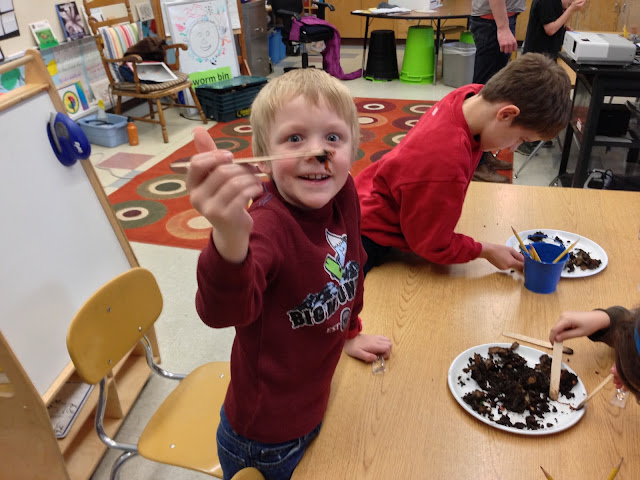Below is a list of strategies that you can do with your child to help them develop and strengthen their reading comprehension. For your benefit there is also a definition of reading comprehension and the Common Core State Standards that pertain to reading comprehension. These strategies are just part of a comprehensive list of different reading strategies, found here [link].
Definition: “Reading comprehension is defined as the level of understanding of a text/message. This understanding comes from the interaction between the words that are written and how they trigger knowledge outside the text/message.”
Common Core State Standards:
CCSS.ELA-Literacy.RL.2.10 By the end of the year, read and comprehend literature, including stories and poetry, in the grades 2–3 text complexity band proficiently, with scaffolding as needed at the high end of the range.
CCSS.ELA-Literacy.RI.2.10 By the end of year, read and comprehend informational texts, including history/social studies, science, and technical texts, in the grades 2–3 text complexity band proficiently, with scaffolding as needed at the high end of the range.
Strategies to build Comprehension: These strategies are meant to eventually be internalized by the student and used independently of adult prompting. In the beginning, adult guidance and support are important to helping students feel successful in their endeavors:
- Asking Questions: This common strategy is to have children answer questions about what is read. Questions have traditionally been organized into three categories:
- Literal Questions: Students answer by using information explicitly stated in the text.
- Inferential Questions: Students answer by using their background knowledge along with information from the text.
- Evaluative Questions: Students answer by making judgments about what they read.
- Reciprocal Questioning (ReQuest): ReQuest encourages students to ask their own questions about the material being read. Some Question Prompts for ReQuest are:
- What does __________ remind you of?
- Do you know someone like the character _________?
- Do you agree with what _________ did in the story?
- What do you think will happen next in the story?
- Why do you think the author chose ___________ as the setting?
- Can you think of a different way to describe the action in this part of the story?
- What do you picture in your mind when you read this part of the story?
Strategies adapted from:
Vacca, J. A. L., R. T. Vacca, M. K. Gove, L. C. Burkey, L. A. Lenhart, and C. A. McKeon. Reading and learning to read. 8th. 8th. Boston, MA: Allyn , 2012. Print.





























.JPG)










